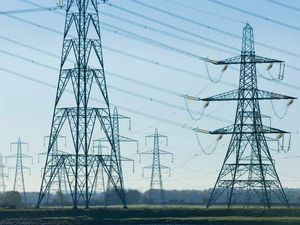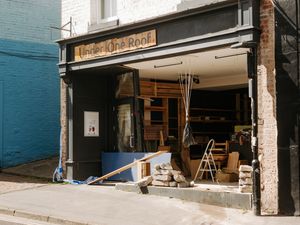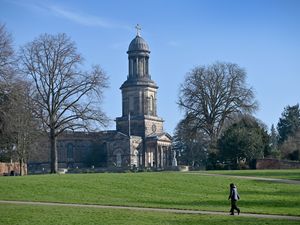30 years on: How Saddam Hussein used human shields from Shropshire
The message was simple. Bomb Iraq and you will end up killing men, women and children from your own country.
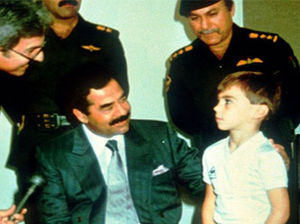
En route to meet his fiancee in Kuala Lumpar, Simon Chapman sent her a fax message informing her there had been a hitch with his flight.
"I might be delayed," he wrote.
It proved to be something of an understatement. He spent the next four months in captivity, held hostage by the Iraqi government.
Simon's flight touched down to refuel in Kuwait just as Saddam Hussein's forces seized control of the Gulf state. Instead of travelling the Far East with his wife-to-be, the then 29-year-old firefighter would become a 'human shield' at a power station near Baghdad.
It is 30 years tomorrow since Iraq invaded Kuwait, sparking an enmity between Iraq and the West which still has major repercussions today.
And for Simon, who lives in Llansantffraid, near Oswestry, and Susan Correll, a 49-year-old schoolteacher from Shrewsbury, it marked the beginning of a nightmare which would see them spend weeks being held at gunpoint at the Al-Nasseriya power plant.
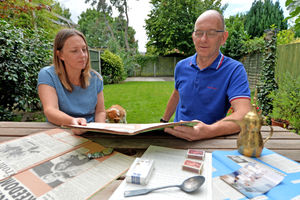
Simon's fiancee Ruth never did get the fax. Instead she was left waiting on tenterhooks at the airport, where she was informed that flight BA 149 was unlikely to arrive at all.
Back in Britain, viewers saw television footage of a cheery, avuncular Saddam Hussein, chatting with his 'guests', inviting questions, and checking on their welfare in a propaganda stunt for Iraqi TV. The most famous image was of the Iraqi president ruffling the hair of five-year-old Stuart Lockwood, from Worcester, and asking him what he had for breakfast.
But away from the TV cameras, it was a very different experience for Simon and Susan. Forced to live in caravans at the power station, they feared for their lives as the dictator used them as bargaining chips with western governments.
For Simon, the scariest part was being woken in the middle of the night to be taken for drive with the soldiers.
"They would wake you up at 3am, and say 'Mr Simon, you come with me'," he says. "He would take me out in his Mitsubishi Shogun, and just drive around for an hour.
"You just think 'this is it'. You're in a deserted part of Iraq, nobody knows where you are. If a soldier wanted to do something to you, nobody would ever find the body."
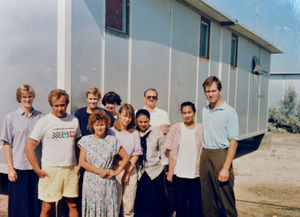
Susan was a 19-year-old student at Leeds Polytechnic, who had travelled to the Gulf state in June 1990 to get experience teaching English and PE to Kuwaiti youngsters. She was not unduly concerned by reports of a build-up of Iraqi troops at the Kuwaiti border.
"I was due to fly home on August 15, I was just finishing my job," she recalls.
"We had heard warnings about a build-up of troops near the border, but we didn't think it would ever happen. My boyfriend at the time had been out there two summers before, during the Iran-Iraq war, and had no problems. And they offered me a lot of money. I was a student, and we got paid quite a lot."
The first Susan, then known by her maiden name, Susan Breeze, knew about the invasion was when she watched the television news at 9am.

